Are you torn between Air Freight and Sea Freight to Canada, wondering which option is truly the best for your shipping needs?
In this comprehensive guide, we will unravel the complexities of these two transport methods, examining their speed, cost, and reliability. In this article, we will dissect the critical factors you should consider when choosing between Air Freight and Sea Freight, helping you make an informed decision that aligns with your priorities. Let’s dive in and explore the benefits and drawbacks of each option!
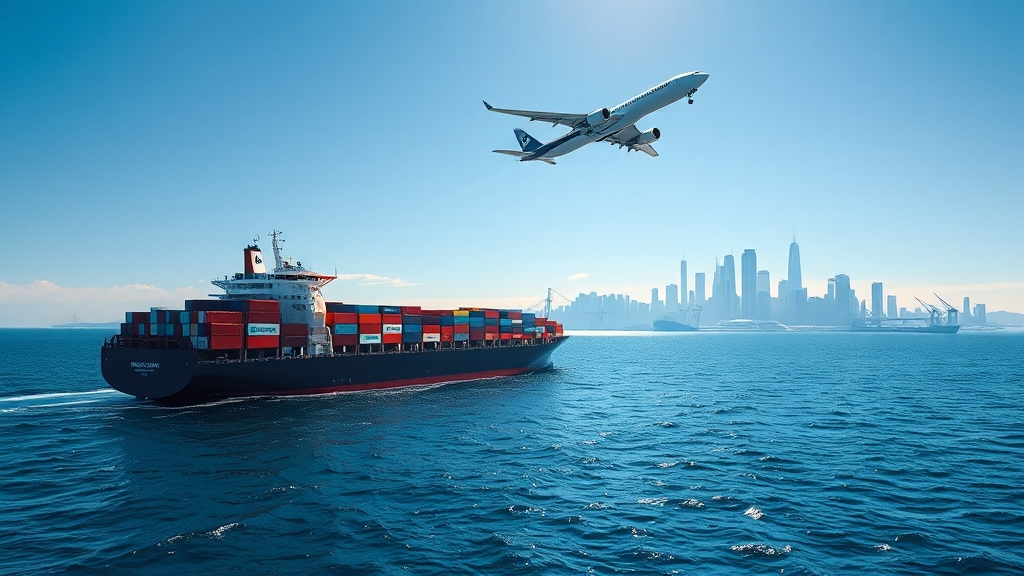
Understanding Air Freight vs Sea Freight to Canada
Overview of Air Freight and Sea Freight
When considering shipping to Canada, it is crucial to understand the differences between air freight and sea freight. Air freight involves transporting goods via cargo aircraft, providing the fastest method for international shipping. This mode of transport is ideal for urgent deliveries, high-value items, and perishable goods that require prompt arrival. You can find more about air freight services to understand its advantages in detail.
In contrast, sea freight utilizes cargo ships to transport goods across oceans. While it is significantly slower compared to air freight, sea freight is often more economical, especially for bulk shipments. This method is suited for large volumes of goods and is often used for items that are not time-sensitive. For businesses looking to ship in larger quantities, exploring container shipping from China to Canada can be beneficial.
Both methods have their advantages and disadvantages, and the right choice largely depends on specific shipping needs, including urgency, cost, volume, and nature of the goods being transported.
Key Factors in Choosing Between Air and Sea Freight
When deciding between air freight and sea freight for your shipments to Canada, several key factors should be taken into consideration:
Transit Time: Speed is often a primary concern for importers. If your goods need to arrive quickly, air freight is the clear choice, typically delivering within a few days. Conversely, sea freight may take weeks, depending on the shipping route and port congestion. Understanding the typical transit times for both modes is essential.
Cost: Budget constraints play a significant role in decision-making. Air freight tends to be more expensive due to higher operational costs. On the other hand, sea freight is generally more cost-effective for larger shipments, making it an attractive option for businesses looking to minimize costs. For a deeper insight into pricing, check the cost to ship from China to Canada.
Nature of Goods: The type of goods being shipped can influence the choice of transport. Perishable items, sensitive electronics, and high-value products often require the speed and security of air freight. In contrast, durable goods, raw materials, and heavy machinery are typically more suited to sea freight.
Volume and Weight: The size and weight of your cargo can affect shipping options. Air freight has weight and size restrictions and may become prohibitively expensive for large shipments, while sea freight can accommodate larger volumes at a reduced rate. For examples on handling larger shipments, refer to FCL autoparts shipping.
Customs Clearance: Both modes of transport require customs clearance, but the process can vary. Understanding the regulations and documentation required for each method can impact your choice as well. You may want to review the customs clearance process for a smoother experience.
By evaluating these factors, you can make an informed decision tailored to your shipping needs.
Speed of Delivery: Air Freight vs Sea Freight
How Fast is Air Freight to Canada?
Air freight is renowned for its speed, making it the optimal choice for time-sensitive shipments. Typically, air shipments can reach Canada within 2 to 7 days, depending on the origin in China and the destination airport in Canada. Major airports, such as Toronto Pearson International Airport (YYZ) and Vancouver International Airport (YVR), serve as primary entry points, providing efficient customs clearance and fast handling times.
For example, a shipment from Shanghai Pudong International Airport (PVG) to Toronto Pearson International Airport (YYZ) can take as little as 2 to 3 days via direct flight. However, if you are shipping to more remote areas in Canada, delivery may take longer due to additional logistics and transit times. For a comprehensive guide on shipping times, see how long shipping from China to Canada.
What is the Typical Transit Time for Sea Freight to Canada?
In contrast, sea freight is inherently slower, with typical transit times ranging from 20 to 40 days depending on various factors such as shipping routes, port congestion, and weather conditions. For instance, a common route from Shanghai to Vancouver may take approximately 25 to 30 days, while shipments to Montreal may require a longer duration due to the need for inland transportation.
The following table summarizes the typical transit times for both transportation modes from key Chinese ports to major Canadian ports:
| Transportation Mode | Origin Port | Destination Port | Typical Transit Time |
|---|---|---|---|
| Air Freight | Shanghai (PVG) | Toronto (YYZ) | 2-3 days |
| Air Freight | Shenzhen (SZX) | Vancouver (YVR) | 3-5 days |
| Sea Freight | Shanghai (PVG) | Vancouver (YVR) | 25-30 days |
| Sea Freight | Ningbo (NGB) | Montreal (YUL) | 30-40 days |
When weighing your options, consider how the speed of delivery aligns with your operational needs and customer expectations. For more information about shipping routes, you can refer to shipping routes from China to Canada.
READ MORE:
- Shipping From China to the USA
- Shipping From China TO Canada
- Shipping From China TO Mexico
- Shipping From China to Panama
- Shipping From China to Costa Rica
- Shipping From China to Brazil
- Shipping From China TO Colombia
- Shipping From China to Jamaica
- Shipping From China to Venezuela
- Shipping From China to Argentina
Cost Comparison: Air Freight vs Sea Freight
Breakdown of Air Freight Costs to Canada
When it comes to air freight to Canada, several cost components must be considered to give a comprehensive view of what you will be paying. Here are the primary factors that contribute to the overall cost:
| Cost Component | Description |
|---|---|
| Base Rate | The standard charge based on weight or volume. |
| Fuel Surcharge | An extra fee reflecting fluctuations in fuel prices. |
| Security Fees | Costs associated with ensuring cargo safety. |
| Customs Fees | Charges incurred for clearing goods through customs. |
| Handling Fees | Costs for loading and unloading at airports. |
| Insurance | Optional, but recommended to protect against loss or damage. |
For instance, the average cost of air freight from China to Canada typically ranges from $4.50 to $9.00 per kilogram depending on the service level and urgency. Additional fees can result in an overall higher cost, especially for smaller shipments or when specific handling is required.
Analyzing Sea Freight Costs to Canada: What to Expect
In contrast, sea freight offers a more economical solution for shipping larger volumes. The cost structure for sea freight is slightly different, comprising:
| Cost Component | Description |
|---|---|
| Freight Rate | The primary charge based on container size (20ft/40ft). |
| Port Fees | Charges for using port facilities for loading/unloading. |
| Bunker Adjustment Factor | A fee that fluctuates based on fuel prices. |
| Customs Duties | Applicable tariffs based on the type of goods imported. |
| Terminal Handling Charges | Costs for the handling of cargo at the terminal. |
| Insurance | Typically lower than air freight due to longer transit times. |
The typical cost of shipping a 20ft container from China to Canada can range from $1,200 to $2,500, depending on the shipping line and demand fluctuations. Given the lower operational costs, sea freight is often a more budget-friendly option for bulk shipments, especially for non-urgent deliveries.
Reliability and Safety: Air vs Sea Freight
Assessing the Reliability of Air Freight Services
Air freight is known for its high reliability and is favored for urgent shipments. With modern logistics technology, air cargo operations are designed to minimize delays. The reliability can be assessed based on:
- On-Time Delivery Rate: Air freight services typically boast an on-time performance rate exceeding 90%.
- Tracking Capability: Real-time tracking systems provide visibility throughout the shipping process, allowing shippers to manage expectations.
- Service Flexibility: Many air freight providers offer various service levels, including express shipping, ensuring timely delivery even in urgent situations.
Evaluating the Safety of Sea Freight Transport
While sea freight offers a cost-effective solution, it comes with its own set of reliability and safety considerations:
- Damage Risk: While modern cargo ships are quite safe, the nature of sea transport may expose goods to risks from rough seas or inadequate packaging. It is advisable to use proper packing materials and methods to mitigate this risk.
- Longer Transit Times: The longer duration of sea freight means that goods might be subject to environmental factors longer than air freight, potentially affecting sensitive items.
- Insurance: While insurance is crucial for both methods, it can be more critical in sea freight to cover for potential damage or loss over extended transport durations.
In summary, while air freight offers speed and reliability, sea freight remains a strong contender for cost-effectiveness, albeit with longer transit times and some safety considerations. Understanding these dynamics can help importers make informed decisions based on their specific needs and priorities. For more detailed information on shipping options, you can explore Shipping From China to Canada.
Environmental Impact: Air Freight vs Sea Freight
Carbon Footprint of Air Freight to Canada
When considering shipping to Canada, it’s crucial to evaluate the carbon footprint associated with different transportation methods. Air freight is often seen as the fastest way to move goods, but it comes at a significant environmental cost. Reports indicate that air transport emits approximately 500% more CO2 per ton-kilometer than sea freight. According to the International Air Transport Association (IATA), air freight contributes about 2-3% of global carbon emissions source: IATA.
This high carbon footprint results primarily from the use of jet fuel and the energy-intensive nature of air travel. While air freight may be suitable for time-sensitive shipments, it’s essential to recognize the environmental impact, especially for larger consignments where emissions can accumulate rapidly.
Sustainability Considerations for Sea Freight
On the contrary, sea freight presents itself as a more sustainable option for transporting goods to Canada. Although it involves longer transit times, sea freight emits significantly less CO2 per ton-kilometer compared to air freight. According to the International Maritime Organization (IMO), maritime shipping accounts for about 2-3% of global greenhouse gas emissions—remarkably lower than that of air transportation source: IMO.
Moreover, various initiatives are in place to improve the sustainability of sea freight. For instance, the IMO has set ambitious targets to reduce total annual greenhouse gas emissions from international shipping by at least 50% by 2050 compared to 2008 levels. The implementation of fuel-efficient vessels and alternative energy sources, such as liquefied natural gas (LNG) and wind-assisted propulsion, are actively being pursued to reduce the environmental impact further.
Choosing the Right Option for Your Shipping Needs
When to Choose Air Freight for Shipping to Canada
Choosing air freight for shipping to Canada is ideal for businesses requiring expedited delivery. If you are shipping time-sensitive goods such as perishable products, urgent documents, or high-value items, air freight provides the necessary speed. Additionally, air freight is suitable for smaller shipments that can’t justify the longer transit times of sea freight. The ability to track shipments in real-time can also make air freight a preferred choice for sectors like e-commerce or pharmaceuticals, where timely delivery is crucial.
When to Opt for Sea Freight for Shipping to Canada
On the other hand, sea freight should be your go-to option when cost-effectiveness and sustainability take precedence over speed. If you are dealing with bulk shipments or products that can tolerate longer transit times, sea freight is typically the more economical choice. The lower carbon emissions associated with maritime transport also make it a more environmentally friendly option, allowing companies to enhance their brand’s sustainability profile. Furthermore, sea freight offers the advantage of accommodating larger volumes, which can be particularly beneficial for manufacturers and retailers looking to optimize logistics costs.
Conclusion
In summary, the decision between air freight and sea freight to Canada hinges on your specific shipping needs, including delivery speed, cost, and environmental considerations. While air freight excels in speed, it comes at a higher cost and a greater environmental impact. Conversely, sea freight offers a more sustainable and cost-effective solution for larger shipments, albeit with longer transit times. Companies must carefully assess their priorities and operational requirements to choose the best shipping method that aligns with their goals. For comprehensive logistics solutions, consider leveraging Dantful International Logistics‘ expertise in both air and sea freight services to make informed decisions for your business.

Young Chiu is a seasoned logistics expert with over 15 years of experience in international freight forwarding and supply chain management. As CEO of Dantful International Logistics, Young is dedicated to providing valuable insights and practical advice to businesses navigating the complexities of global shipping.











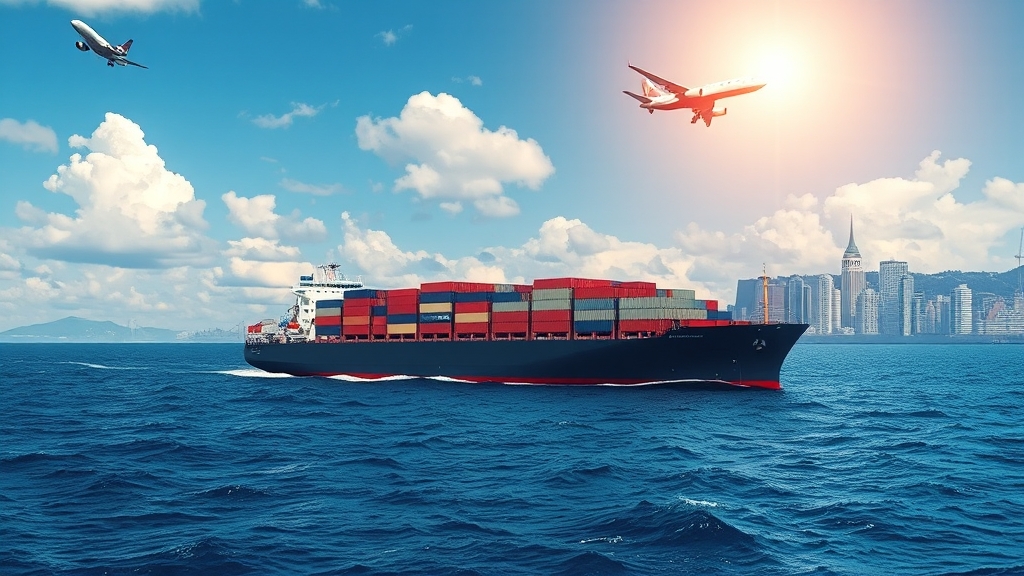

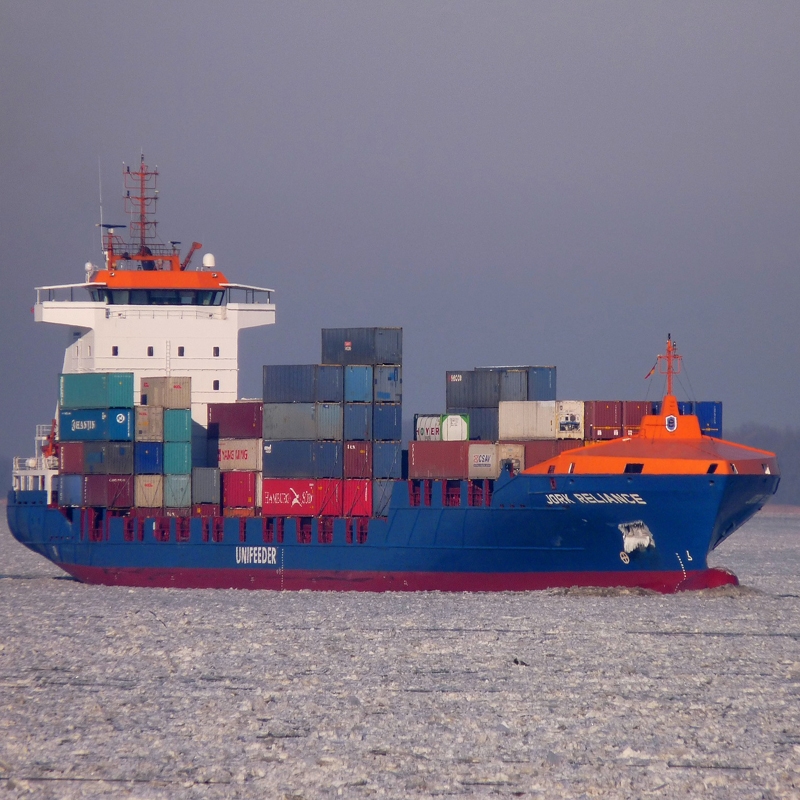
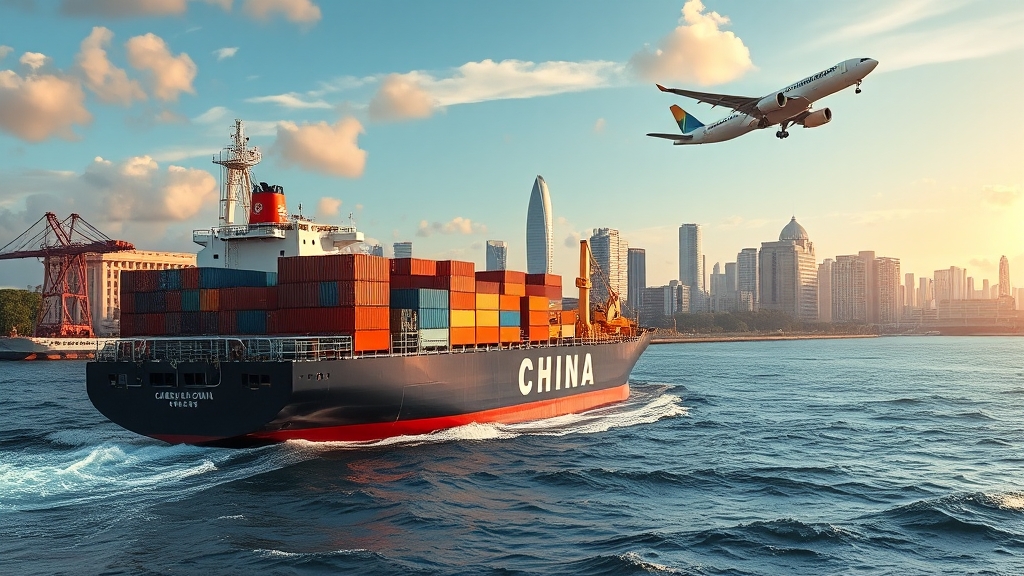
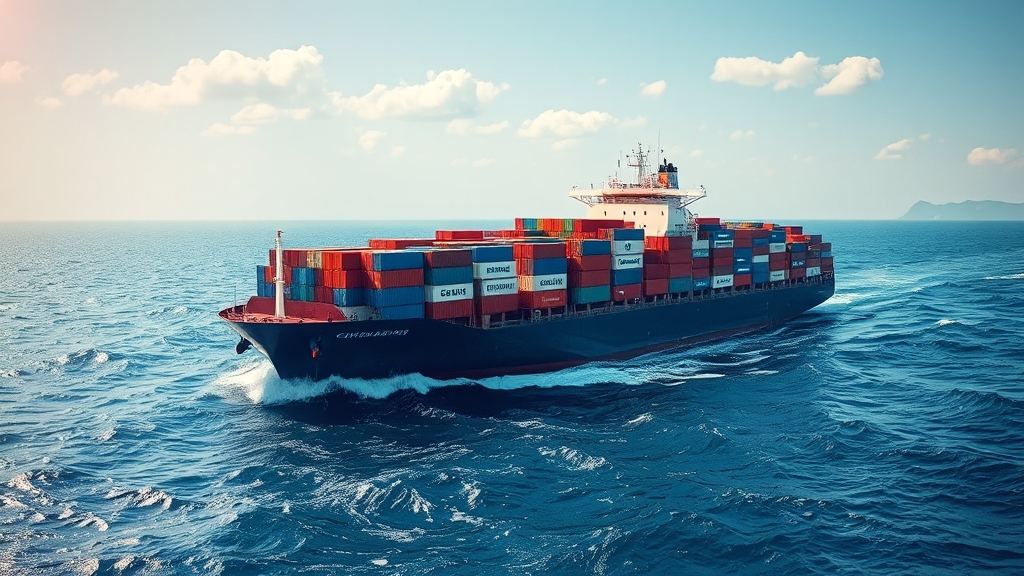
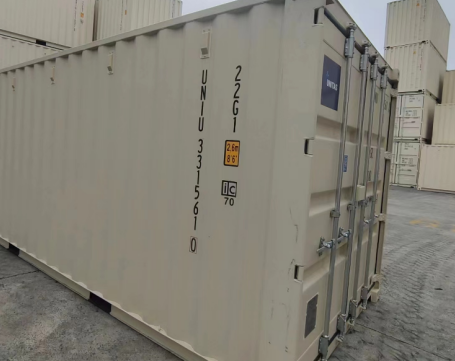

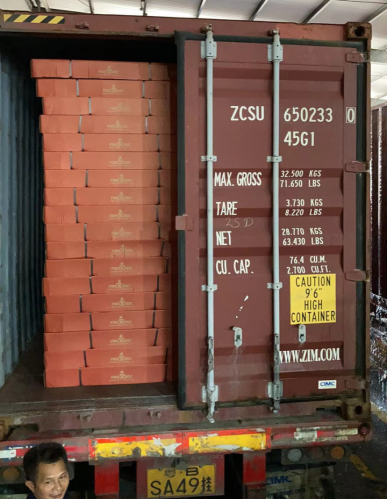
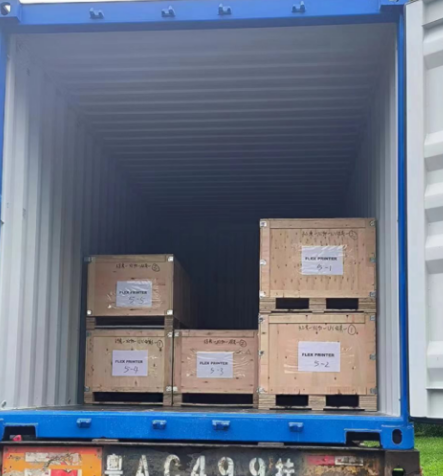
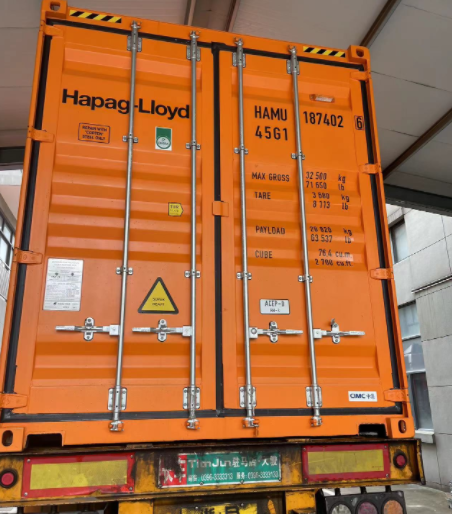
 Afrikaans
Afrikaans Shqip
Shqip አማርኛ
አማርኛ العربية
العربية Հայերեն
Հայերեն Azərbaycan dili
Azərbaycan dili Euskara
Euskara Беларуская мова
Беларуская мова বাংলা
বাংলা Bosanski
Bosanski Български
Български Català
Català Cebuano
Cebuano Chichewa
Chichewa 简体中文
简体中文 繁體中文
繁體中文 Corsu
Corsu Hrvatski
Hrvatski Čeština
Čeština Dansk
Dansk Nederlands
Nederlands English
English Esperanto
Esperanto Eesti
Eesti Filipino
Filipino Suomi
Suomi Français
Français Galego
Galego ქართული
ქართული Deutsch
Deutsch Ελληνικά
Ελληνικά Kreyol ayisyen
Kreyol ayisyen Harshen Hausa
Harshen Hausa Ōlelo Hawaiʻi
Ōlelo Hawaiʻi עִבְרִית
עִבְרִית हिन्दी
हिन्दी Hmong
Hmong Magyar
Magyar Íslenska
Íslenska Igbo
Igbo Bahasa Indonesia
Bahasa Indonesia Gaeilge
Gaeilge Italiano
Italiano 日本語
日本語 Basa Jawa
Basa Jawa ಕನ್ನಡ
ಕನ್ನಡ Қазақ тілі
Қазақ тілі ភាសាខ្មែរ
ភាសាខ្មែរ 한국어
한국어 كوردی
كوردی Кыргызча
Кыргызча ພາສາລາວ
ພາສາລາວ Latin
Latin Latviešu valoda
Latviešu valoda Lietuvių kalba
Lietuvių kalba Lëtzebuergesch
Lëtzebuergesch Македонски јазик
Македонски јазик Malagasy
Malagasy Bahasa Melayu
Bahasa Melayu മലയാളം
മലയാളം Maltese
Maltese Te Reo Māori
Te Reo Māori मराठी
मराठी Монгол
Монгол ဗမာစာ
ဗမာစာ नेपाली
नेपाली Norsk bokmål
Norsk bokmål پښتو
پښتو فارسی
فارسی Polski
Polski Português
Português ਪੰਜਾਬੀ
ਪੰਜਾਬੀ Română
Română Русский
Русский Samoan
Samoan Gàidhlig
Gàidhlig Српски језик
Српски језик Sesotho
Sesotho Shona
Shona سنڌي
سنڌي සිංහල
සිංහල Slovenčina
Slovenčina Slovenščina
Slovenščina Afsoomaali
Afsoomaali Español
Español Basa Sunda
Basa Sunda Kiswahili
Kiswahili Svenska
Svenska Тоҷикӣ
Тоҷикӣ தமிழ்
தமிழ் తెలుగు
తెలుగు ไทย
ไทย Türkçe
Türkçe Українська
Українська اردو
اردو O‘zbekcha
O‘zbekcha Tiếng Việt
Tiếng Việt Cymraeg
Cymraeg יידיש
יידיש Yorùbá
Yorùbá Zulu
Zulu